I'm interested in boring head for digging shallow/deep wells. Please kindly let me know if you have kits for my DIY projects.
Hope this will reach your kind consideration.
Thank you
The Different Types of Boring Tools for Metalworking
-
Explore the different types of boring tools used for metalworking, including boring bars, damping bars, boring heads, and starter drills, and their unique applications and benefits.
-
Boring heads, including rough, fine, and twin cutter types, are designed for enlarging existing holes with varying levels of material removal and precision, whereas digital boring heads offer easy and precise adjustments through LED displays.
-
Specialty boring tools cater to secondary operations such as back boring and face grooving, with modular boring tools offering customizable tooling assemblies for optimal boring performance.
Put simply, the manufacturing process of boring is enlarging a hole in a piece of metal. There are quite a few different pieces of machinery or approaches that can be used to make holes from lathes and mills to line boring or interpolation. We wanted to do a quick break down of the different kinds of boring tools available to bore holes and/or secondary boring operations.
Boring bars
Boring deep holes can involve extreme length-to-diameter ratios, or overhang, when it comes to tooling assemblies. Since it can be difficult to maintain accuracy and stability in these scenarios, we need boring bars to extend tooling assemblies and while maintaining the rigidity to make perfect circles with on-spec finishes.
Solid boring bars
Typically made of carbide for finishing or heavy metal for roughing, solid boring bars have dense structures that make for a more stable cut as axial force is applied.
Damping bars
When cutting speeds are compromised, or surface finishes show chatter in a long-reach boring operation, damping bars are an option. They have integrated damping systems. Our version, the Smart Damper, works as both a counter damper and friction damper so that chatter is essentially absorbed.
Boring heads
Boring heads are specifically designed to enlarge an existing hole. They hold cutters in position so they can rotate and gradually remove material until the hole is at the desired diameter.
Rough boring heads
Once a bore is started with a drill or by another method, rough boring heads are the choice for removing larger amounts of material. They are built more rigid, to handle the increased depths of cut, torque and axial forces needed to efficiently and consistently make the passes to remove materials.
Fine boring heads
Fine boring heads are best used for more delicate and precise removal of material that finishes the work the rough boring head started. They are often balanced for high-speed cutting since that’s the best approach for reaching exact specifications.
Twin cutter boring heads
Most boring heads feature one cutter that cuts as its feed diameter is adjusted by the machine. There are twin cutter boring heads that can speed up cutting and add versatility. For example, the Series 319 and other BIG KAISER twin cutter boring heads include two cutters that can perform balanced or stepped cutting without additional accessories or adjustments by switching the mounting locations of the insert holders that have varied heights.
Digital boring heads
Traditionally, adjusting boring heads has been painstaking and time-consuming, especially when it’s done in the machine. It’s easy to make mistakes when maneuvering to read the diameter dial and adjusting it to the right diameter. Digital boring heads have a LED that makes precise adjustments much easier.
Starter drills
Since cutters are on diameter of boring heads and not their face, they are not able to initiate a hole on a flat surface or raw material. Especially in smaller bores, fluted drills called starter drills can be used to get the hole started before rough boring.
Specialty boring heads
Back boring and face grooving heads, as well as chamfering insert holders, are available for some of the most common secondary operations, after a hole is bored. We produce specific heads with cutters at the appropriate angles so each of these operations can be done without manually moving the part, changing the tool or adjusting the cutter angle.
Modular boring tools
Since limiting length-to-diameter ratios is so crucial to boring success, it’s extremely valuable to be able to make your tooling assembly as short as possible. Our modular components are based on a cylindrical connection with radial locking screw that allows for the ideal combination of different kinds of shanks, reductions and extensions, bars, ER collet adapters and coolant inducers.
Looking for some help finding the right boring equipment for your next job or new machine? Our engineers are here to help. Get in touch with us here.
Did you find this interesting or helpful? Let us know what you think by adding your comments or questions below.
Comments

BIG DAISHOWA Inc.
Mon, 01/17/2022 - 10:04Hi Nick,
Thank you for your comment! Our boring kits are shown here in our main catalog: https://catalog.bigkaiser.com/view/448492075/450/. If these aren't what you had in mind, feel free to send us a message using our Contact Us form with your job specifications and we will get back to you with more specific tooling. Thanks again!

Ronke Michael
Thu, 03/03/2022 - 13:14Love this

César Hernánde…
Tue, 10/04/2022 - 22:55Good Evening, someone could please tell me how I can adjust the boring head manually, since the one we use in the company is not digital

BIG DAISHOWA Inc.
Wed, 10/05/2022 - 09:23Hi César,
Good question. I think you will find the following videos helpful.
Diameter Adjustments on BIG KAISER Finish Boring Heads: https://youtu.be/49sHGZaNJ1U
Assembly and Presetting Series 319 SW Rough Boring Heads: https://youtu.be/K-E7-2RHPtw
If you have any other questions, feel free to contact us.

Chloe alyzza P…
Tue, 09/05/2023 - 08:20Thanks you 👍

Chris
Thu, 05/30/2024 - 18:31I am using a 3/8 4Fl ballnose endmill for a small sphere pocket on a vertical mill. The diameter of my sphere has a tolerance of +.001 and minus nothing. I do not hold the tolerance very long before my tool needs replaced. I was wondering if there is an adapter you have for chucking endmills into the boring holders. I am needing to create a runout of only a few tenths.

BIG DAISHOWA Inc.
Fri, 05/31/2024 - 09:43We would first recommend a hydraulic chuck for that type of application. Our holders will have less than .0001" runout at 4xØ even with extended gage length adapters. The other option is our NRA adjustable reamer holders. This allows for physical adjustment of the assembly runout either at the machine spindle or on a presetter.
If you need further assistance, feel free to send us a message.

dhillai van
Wed, 07/24/2024 - 00:56absolutely helpful....thnx

angelicaquebral
Thu, 02/27/2025 - 06:06about the boring tools with picture

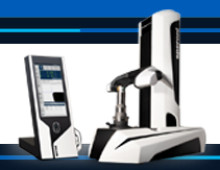
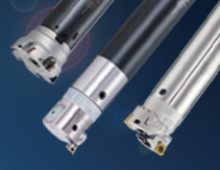
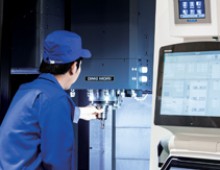
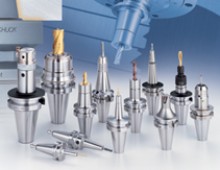
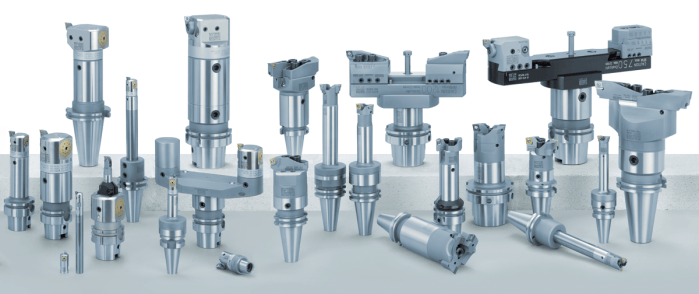
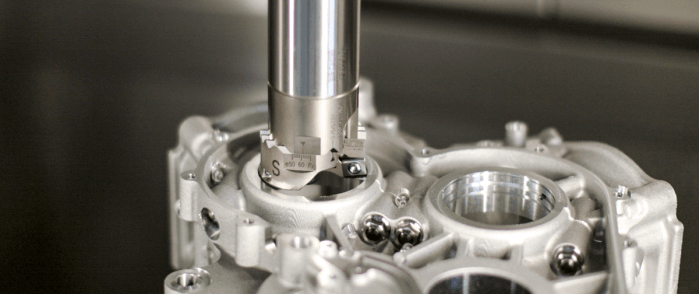
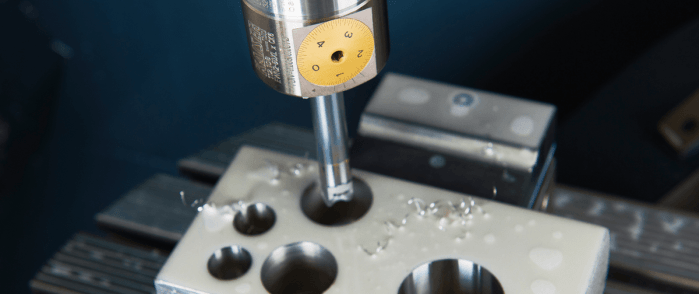

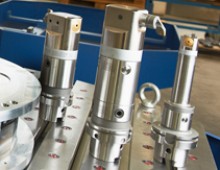
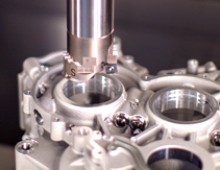
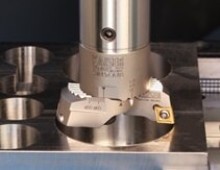
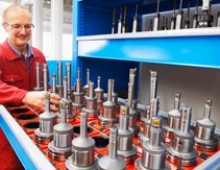
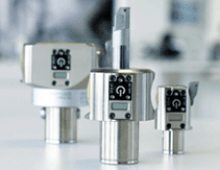
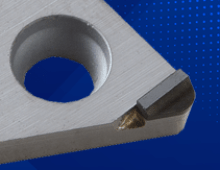
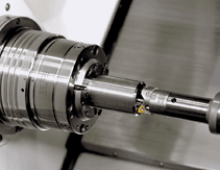
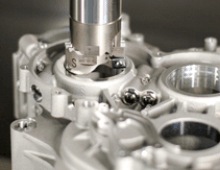
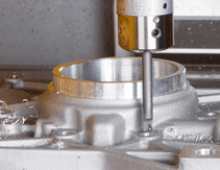
Royal Square O…
Sat, 01/15/2022 - 08:53